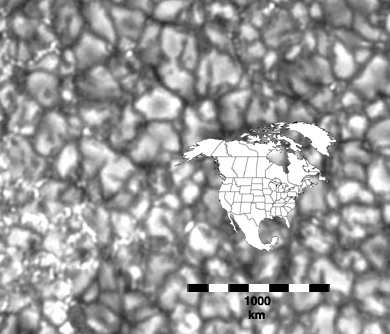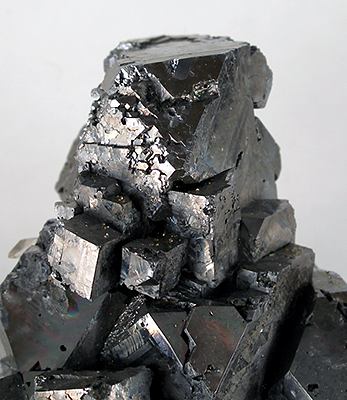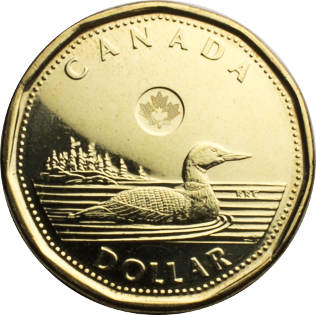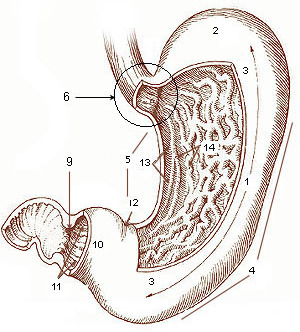We just learned about the country of
Uganda.
Ghana is a country in
Africa on the West side of the continent, on the Atlantic Ocean.
Ghana's motto is
Freedom and Justice

(from: wikipedia -
ghana)
The flag of Ghana has horizontal stripes of red, yellow and green, with a black star in the middle.
The red, yellow and green colors are also on many other flags of countries in Africa.
The red is for the blood of the people who died fighting for freedom, the yellow is for the gold and other minerals that make a lot of money for the country, and the green is for the forests and nature of the country.
The black star is for the freedom of the African people.
The Ghana soccer team is nicknamed the black stars because of their flag.

(from: wikipedia -
flag of ghana)
To eat in Ghana you might have koobi, which is salted dry tilapia fish.
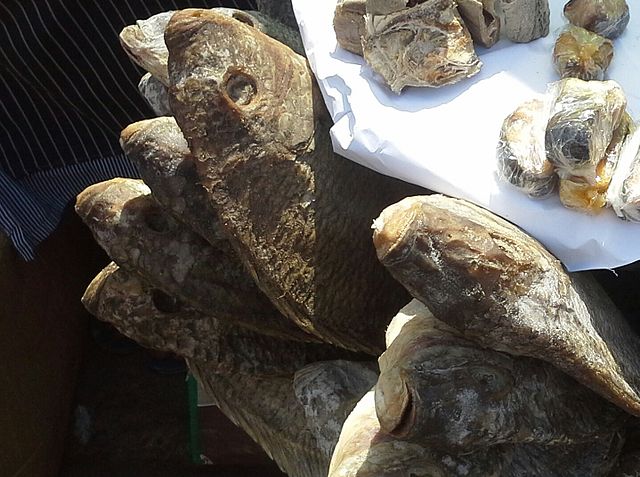
(from: wikipedia -
ghanaian cuisine)
The Kintampo Waterfalls are a popular place for tourists to go visit.

(from: wikipedia -
kintampo waterfalls)
A special type of dance and music in Ghana is called kpanlogo, and uses a special type of drum.
It was created by young people who liked American rock and roll, and wanted to create their own type of music.

(from: wikipedia -
kpanlogo (drum))
Kid Facts - Blast from the past: Scotland
